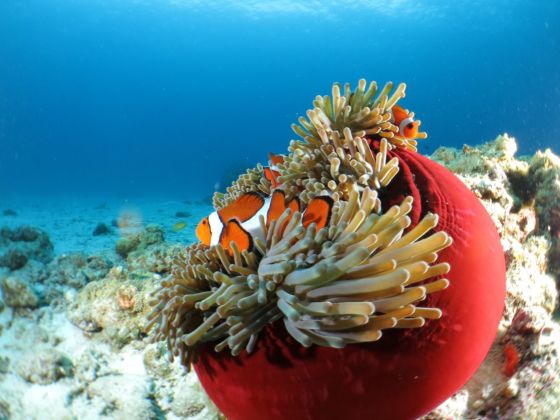AS A REGULAR DIVER, I know what PNG means: pristine reef, giant schools unaccustomed to divers’ bubbles, an armada of World War II wrecks, and creatures ranging from two-meter hammerheads to two-millimeter pygmy seahorses.
When Matador asked if I’d be interested in joining a press trip there — organized by the PNG Tourism Board — I thought about it for a long, hard, 2.3 microseconds.
